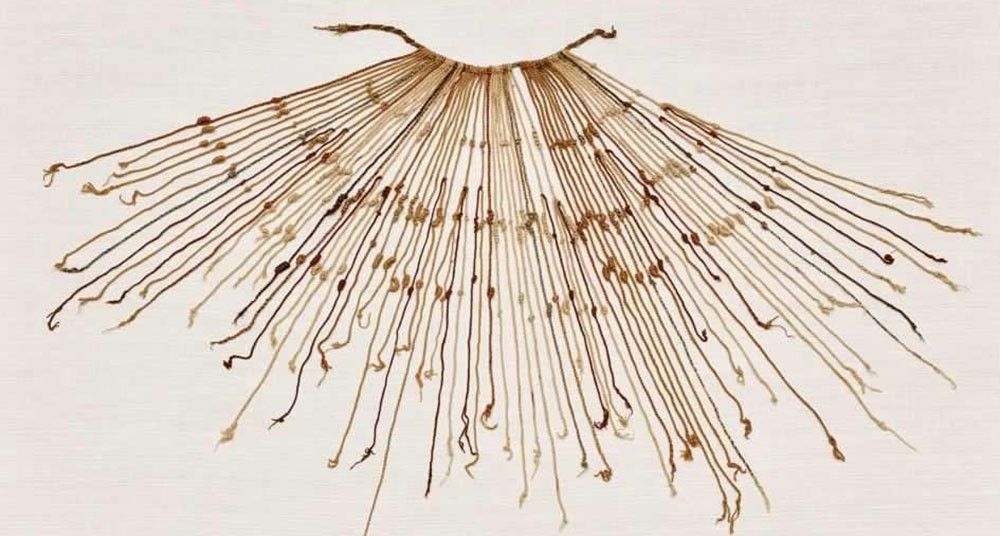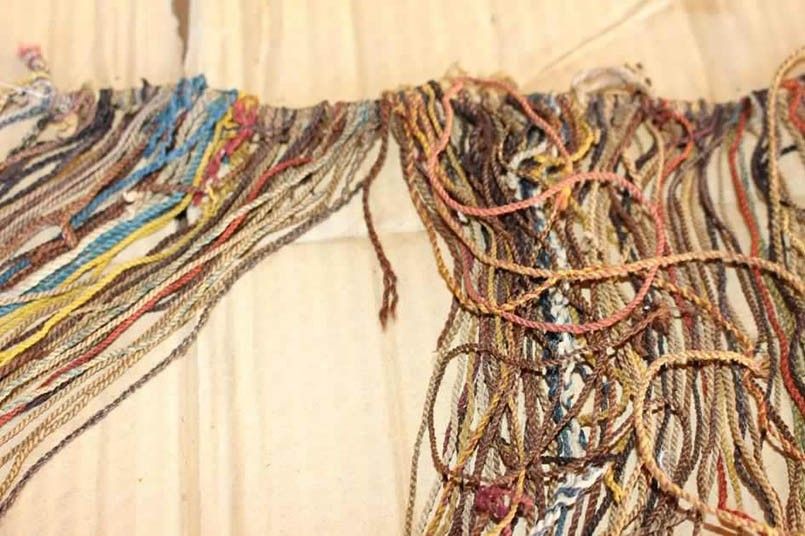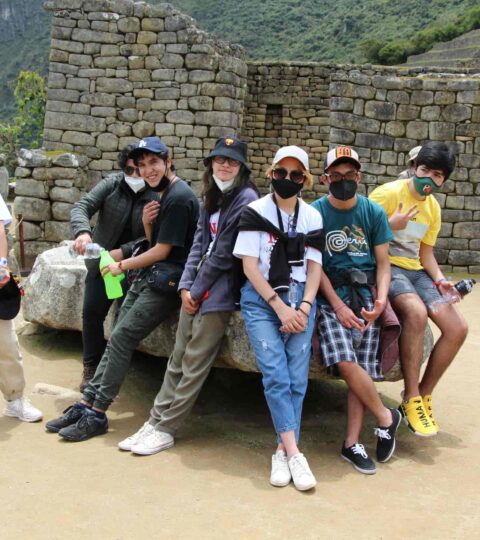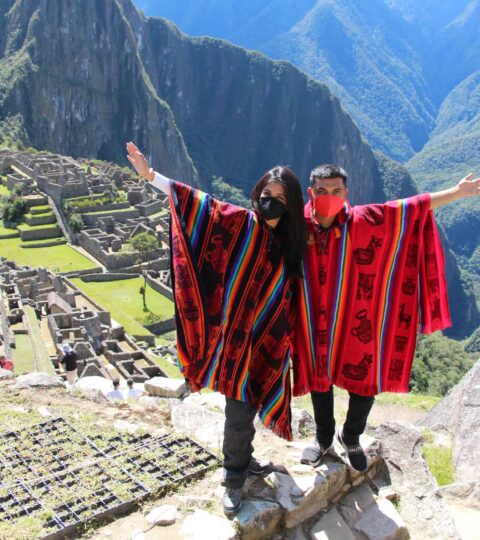The quipus, the secret writing of the Incas

A discovery in a remote village in the Andean heights of Peru suggests that the ancient Incas used their colored and knotted cord instruments to do more than coun quipu.
These tools, called quipus, used combinations of knots to represent numbers, and were used to carry inventories of corn, beans and other supplies. Spanish chronicles from the colonial era claim that the Quipus Incas also encoded histories, biographies and letters, but researchers have not yet clarified the non-numerical meaning of the cords and knots.
Now, a pair of quipus that the elders of the Andean village have protected since the colonial era could offer new clues to understand how they stored and transmitted information, the most elaborate versions of those instruments.
“What we found is a collection of laces with complex color combinations,” reports Sabine Hyland, an anthropology professor at the University of St. Andrews, Scotland and a National Geographic explorer. The cords have 14 colors that allow to form 95 patterns of unique cords. That figure falls within the range of symbols of the logosyllabic writing systems. ”
Hyland ventures the hypothesis that specific combinations of colored cords and knots could have represented syllables or words. His analysis of the quipus appears in the journal Current Anthropology.

Secret messages on Quipu
Hyland made the discovery in the Andean village of San Juan de Collata, when the village elders invited her to study two quipus that the community has carefully preserved for generations. Village leaders said the quipus were “narrative epistles about the war, created by local chiefs,” reports Hyland.
The quipus were stored in a wooden box that, until recently, kept hidden from outsiders. In addition to the quipus, the box contained dozens of letters dating back to the 17th and 18th centuries. Most of the documents were official correspondence between the leaders of the village and the Spanish colonial government, and referred to land rights.
Spanish chroniclers stated that the Inca runners, or chasquis, wore quipus as if they were letters, and Hyland adds that there is evidence pointing to the Incas composing quipus letters to ensure secrecy during the rebellions against the Spaniards.
“The Collata quipus are the first that the descendants of their creators identify, reliably, as narrative epistles,” Hyland writes in his analysis. He adds that they are larger and more complex than typical countable versions, and unlike most quipus, made of cotton, Collata quipus are made with hair and fibers of Andean animals, including vicuña, alpaca, guanaco, llama, deer , and a rodent called vizcacha.
Animal fibers absorb and retain dyes better than cotton, and thus were a more suitable medium for quipus that used color and knots to store and transmit information.
In fact, the villagers revealed to Hyland that various variables encoded the information – such as color, fiber type and even the direction of cord braiding – so that the reading of quipus required touch as well as sight.
Hyland quotes a Spanish chronicler, who said that quipus made with animal fibers “exhibited a great diversity of intense colors and could record historical narratives with the same ease as European books.”
The big question quipu
It is believed that the Collata quipus date back to the mid-eighteenth century, more than 200 years after the arrival of the Spanish colonizers, in 1532. This raises the question of whether they are a relatively recent innovation, motivated by contact with alphabetic writing , or if they are closely related to the oldest narrative quipus.
“These findings are very interesting from the historical point of view, but the time factor is a big problem,” says Gary Urton, an anthropologist at Harvard. The big question is whether or not we can take these findings and project them into the past. ”
A few years ago, Urton and the Peruvian archaeologist, Alejandro Chu, discovered a cache of quipus in what could have been a quipus workshop or perhaps a repository of Inca records.
Urton thinks that, in the long run, deciphering the patterns hidden in these tools could become a task for computers. Urton and his colleagues have a digital repository called Khipu Database, which categorizes the images, descriptions and comparisons of more than 500 artifacts.
Autor: Daniel Stone






